Now that I have arrived in Europe, I also find myself in the center of gravity of the Sites included on the World Heritage List. That continent contains more such places than any other, by a wide margin, and in many locations it is possible to conveniently visit several Sites within a few days. One such Hotspot is London, which holds four Sites within its metropolitan area, with several others not very far away. I began my visits in Europe with the four metro sites, which are all located on the banks of the Thames River and easily reachable by transit, notably the River Bus boat services, for the first three, that is nicely bike-friendly. In so doing, I quickly began to anticipate that over the next several weeks I will have increasing difficulty keeping up with my posts here, as the pace of site visits is set to remain intense. I can’t promise completeness or timeliness, but I will try to keep my head above water.
The first Site of the Tour I visited that was located in the Eastern Hemisphere was Maritime Greenwich. Actually, that is not technically correct since one of the main attractions at the center of the Site is the Prime Meridian Line, which was first designated in Greenwich at the Royal Observatory, so much of the Site lies on the western half of the Earth’s sphere. Also preserved there are many other interesting aspects of Britain’s naval past. My first stop was The Painted Room at the Old Royal Naval College, a beautifully decorated hall that was originally intended to be a relaxing and welcoming location for British sailors upon their return after lengthy sea voyages.
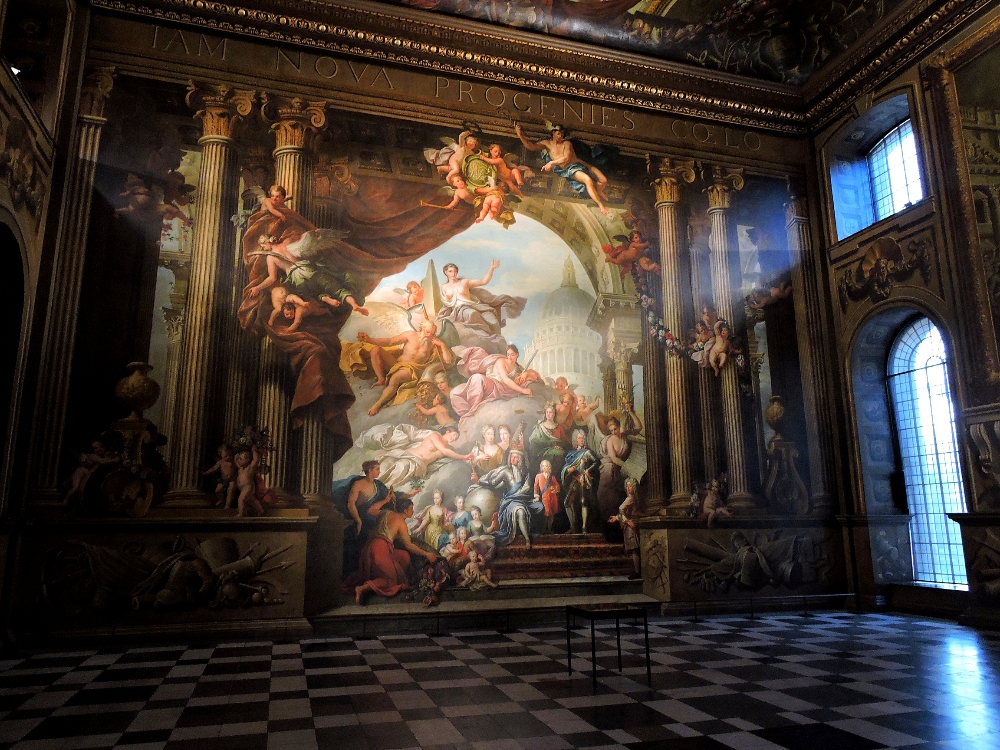
The following morning I returned to see the Meridian Line, though the line that tourists can stand over is now around ninety meters away from the actual line that can be determined by GPS, or other methods, thanks to astronomical drift. The nearby Royal Observatory has many interesting exhibits, including the extremely precise series of maritime clocks built by John Harrison as he competed for the Longitude Rewards prize. I also enjoyed seeing the Cutty Sark, one of the last of the great ships that participated in the Tea Trade during the Clipper Ship era, and claims the title of the fastest of those ships.
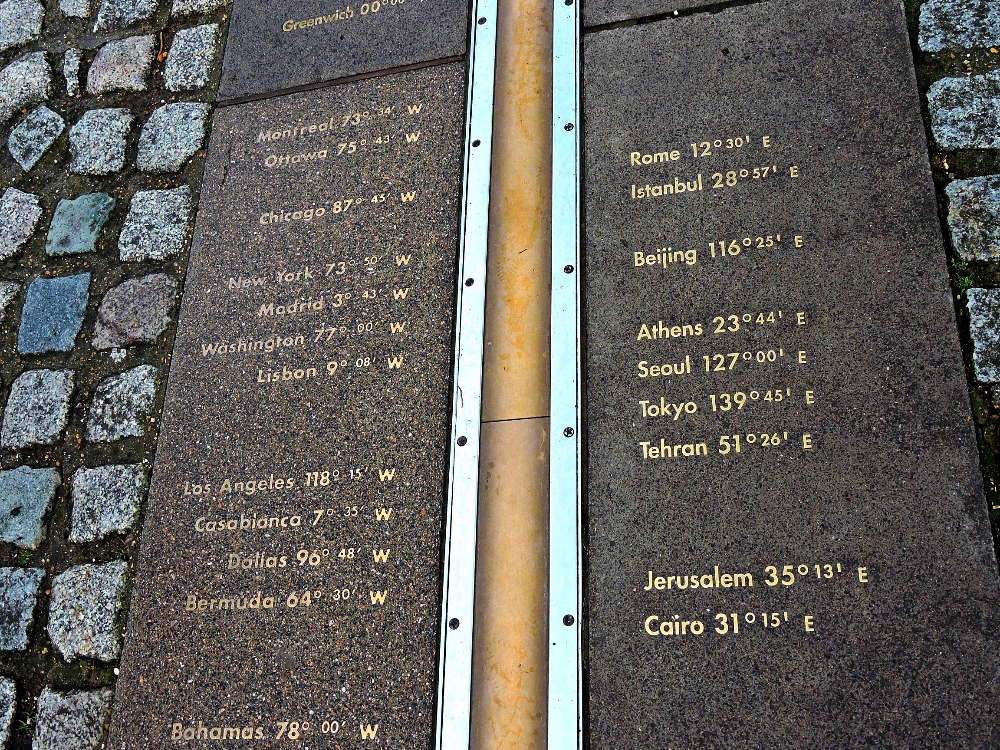
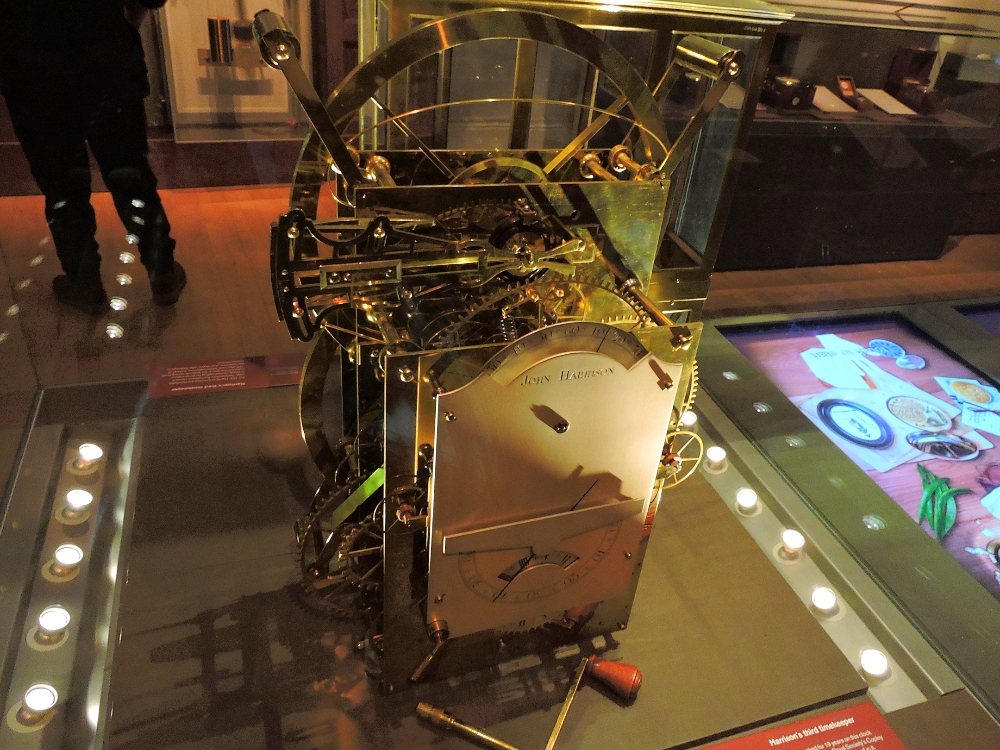
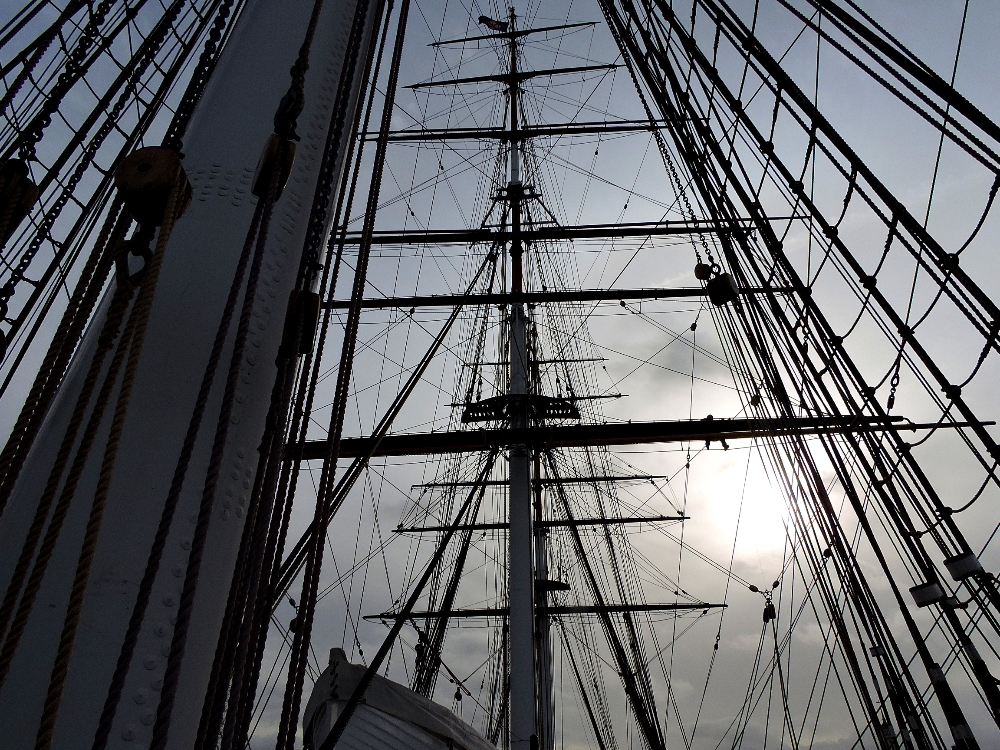
Next came the famous Tower of London, an interesting Site that I did not know much about before my visit. That it was built by the Normans, after the conquest by William I, increased its interest for me, a circumstance that I may mention again later. The main castle, The White Tower possesses some features credited to the Normans, namely a regular rectangular shape and a fairly open floor plan, that made it feel, to me, somewhat more like a modern building than one built in Medieval times.
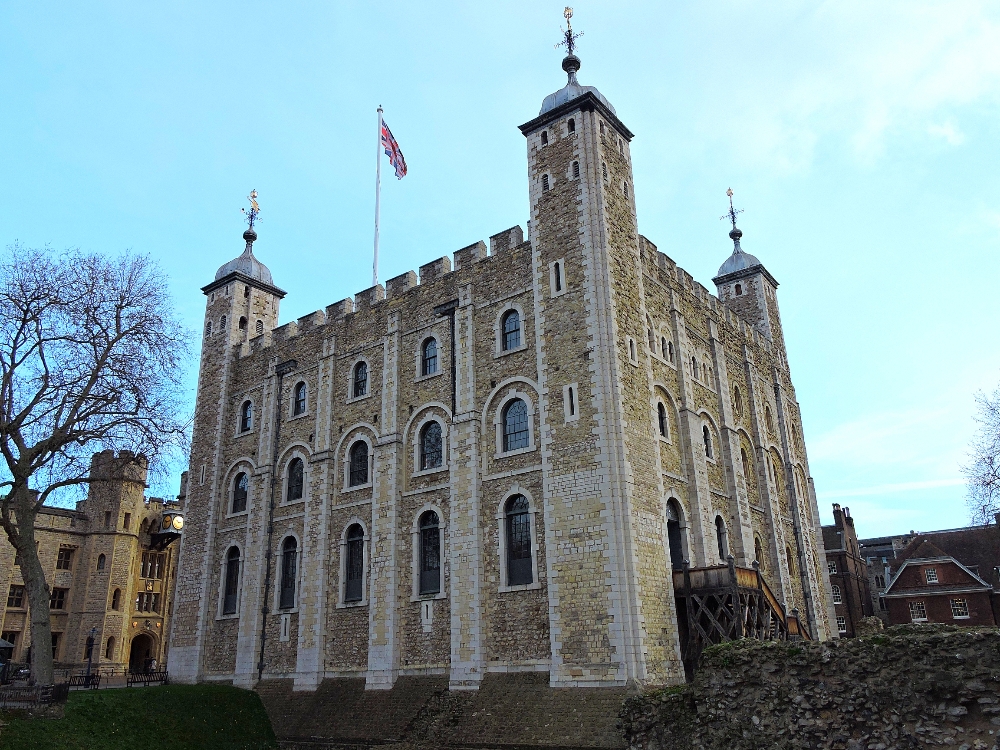
Probably the most popular attraction of this Site is the famous collection of the British Crown Jewels. Unfortunately, these are, not surprisingly, behind tight security and photography is not allowed, so one must be satisfied with a quick view. While the level of craftsmanship and beauty of the items is without doubt, overall I found them to be a little too ostentatious and aristocratic for my tastes. I preferred the avian-shaped ampulla shown below, which was part of an earlier set of Crown Jewels, one that was mostly destroyed during the English Civil War. The remainder of the collections in the Tower primarily consist of historic military equipment, such as suits of armor and this canon that is decorated with the mane and paws of a lion.
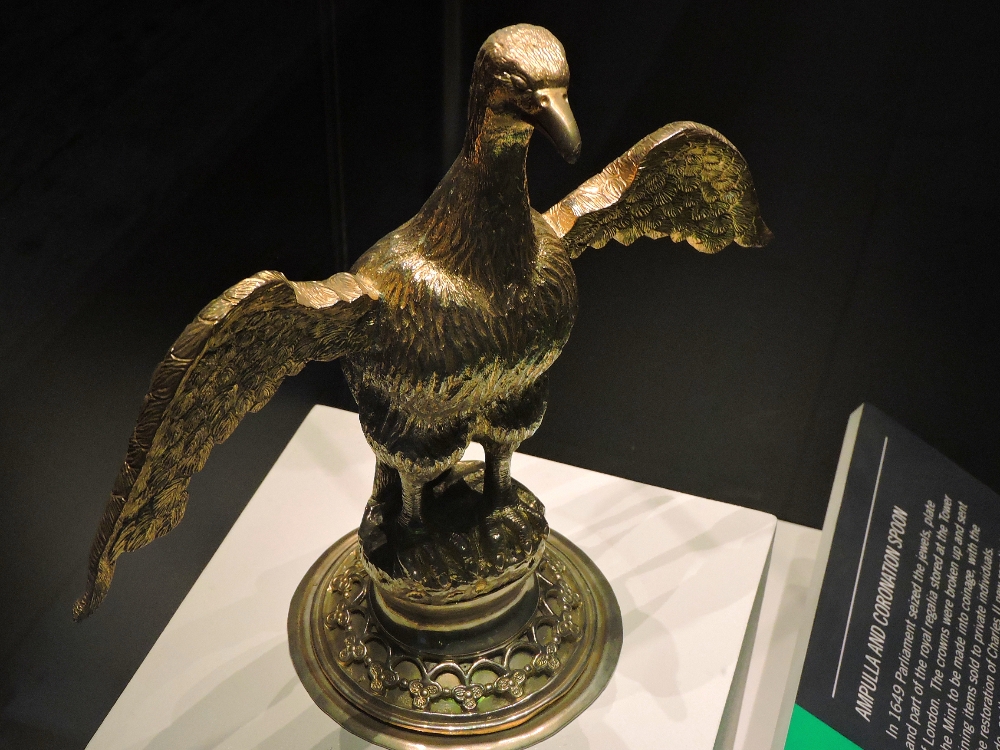
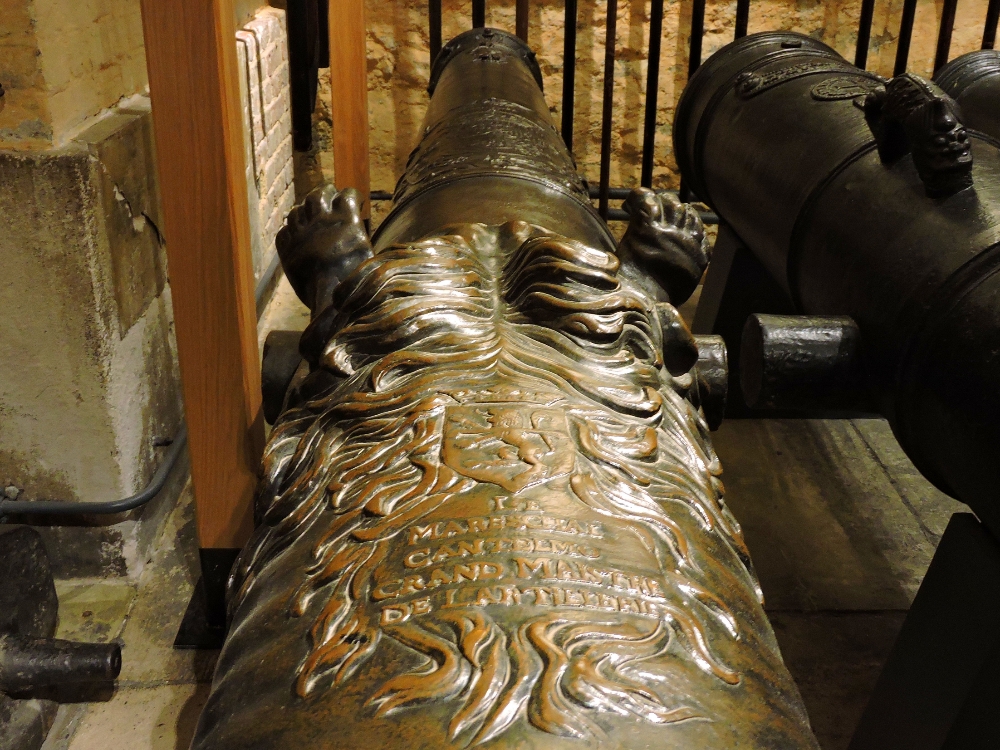
The next Site, Westminster Palace and Abbey, was just slightly disappointing, for a couple of reasons. Like the Jewels, photography was prohibited inside Westminster Abbey, and while I can understand why, there were certainly many excellent objects and views within that would have made excellent subjects. Additionally, while I knew that the famous Elizabeth Tower and Big Ben are currently being renovated, I was surprised to see that much of the rest of the Palace was also obscured by scaffolding at the time of my visit. Only the western facade exhibited unobstructed views of its neo-gothic construction.
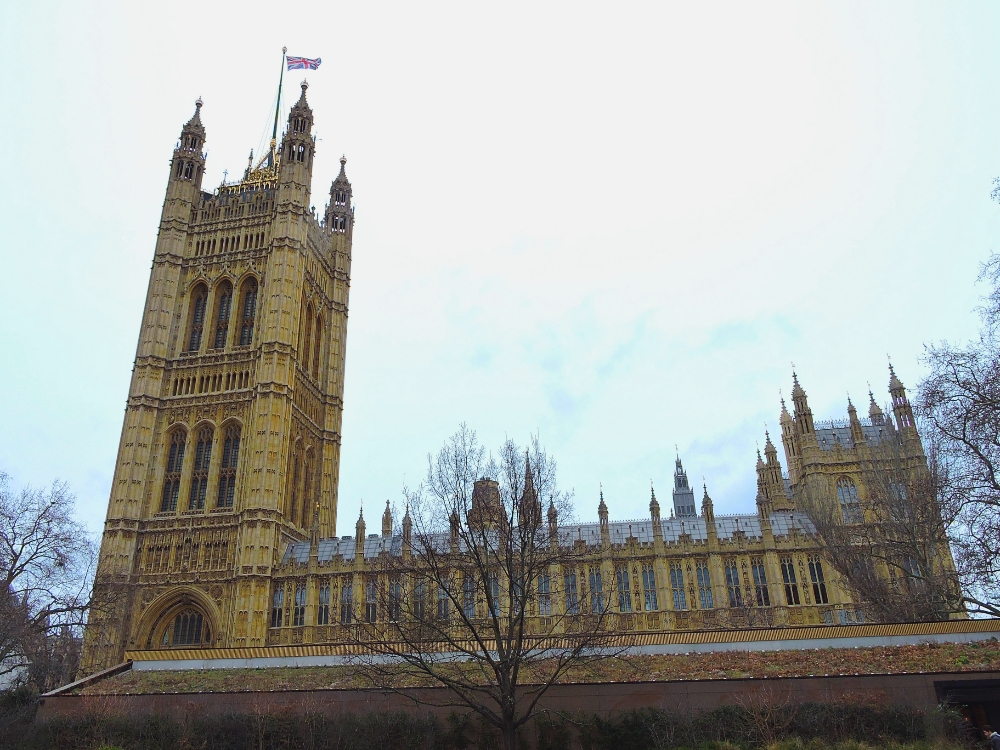
Nevertheless, the inside of the Abbey was fascinating to visit. Most of my experience with great cathedrals has been in the Western Hemisphere, primarily in Latin America. Therefore, I was a little unprepared for the European practice of placing elaborate monuments to, and interring the remains of, Nobles, wealthy citizens, and people of great accomplishments, within the interior of the structure. With three thousand three hundred such memorials there, I was admittedly a little overwhelmed by the scale of it all, in a similar way to how I had felt at certain temples in Asia years ago. Not surprisingly, my favorite section was the Scientists Corner,
with monuments to Isaac Newton, Charles Darwin, and a more recent addition, Stephen Hawking.
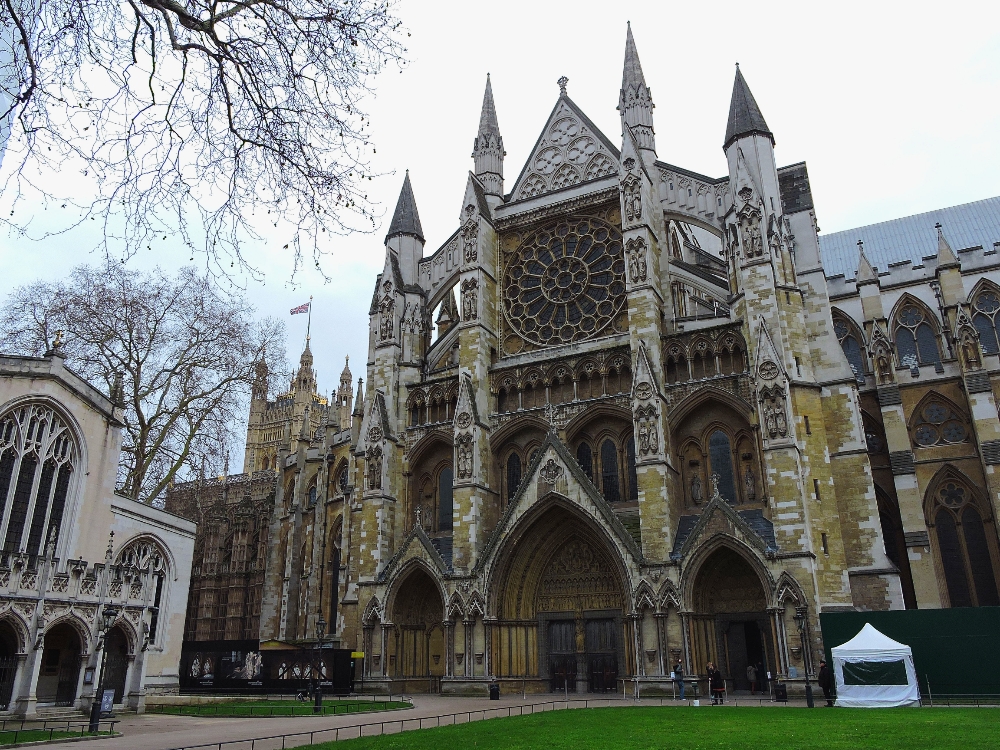
The fourth Site I visited was a bit out of time in February, but turned out to be exceptionally pleasant. The Royal Botanic Gardens, Kew is one of the oldest, grandest, and most important Gardens in existence, and has been a WHS since 2003. Located a little farther from the city center, close to the airport, it is still easy to reach by combining rail and bike travel. While all of the deciduous trees still had their winter leafless appearance in effect, there were already signs that the next change of season was not far away, and the grounds were beautiful and pleasant enough for a chilly stroll.
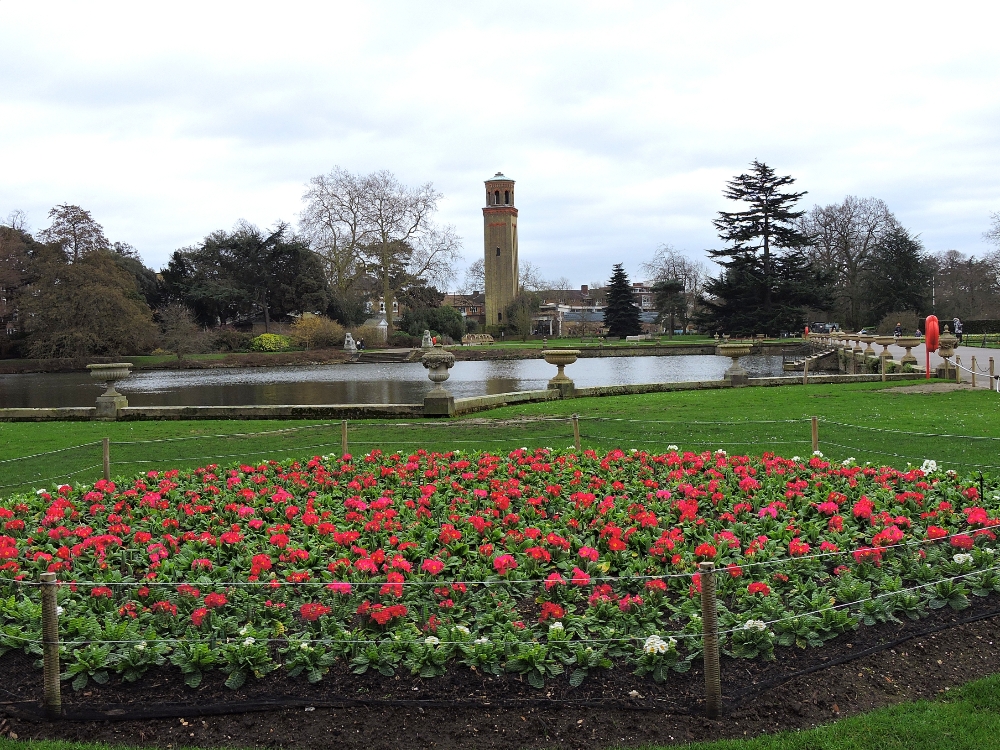
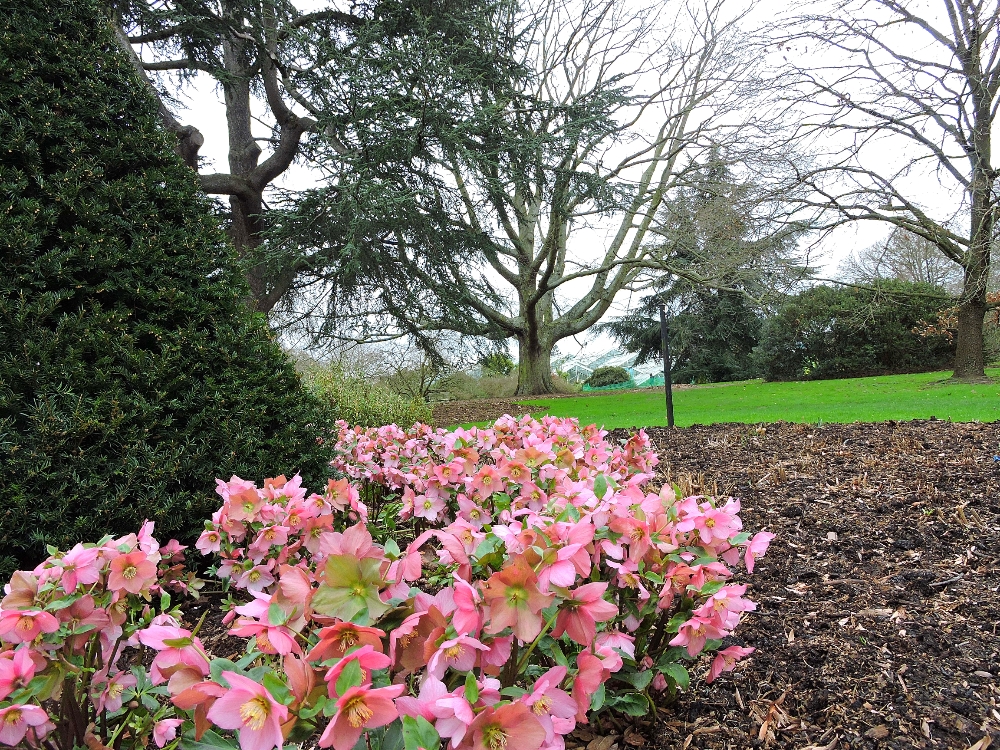
Of course, the Palm House and the other greenhouses provided a more temperate environment in which to spend some time, and were filled with interesting collections.
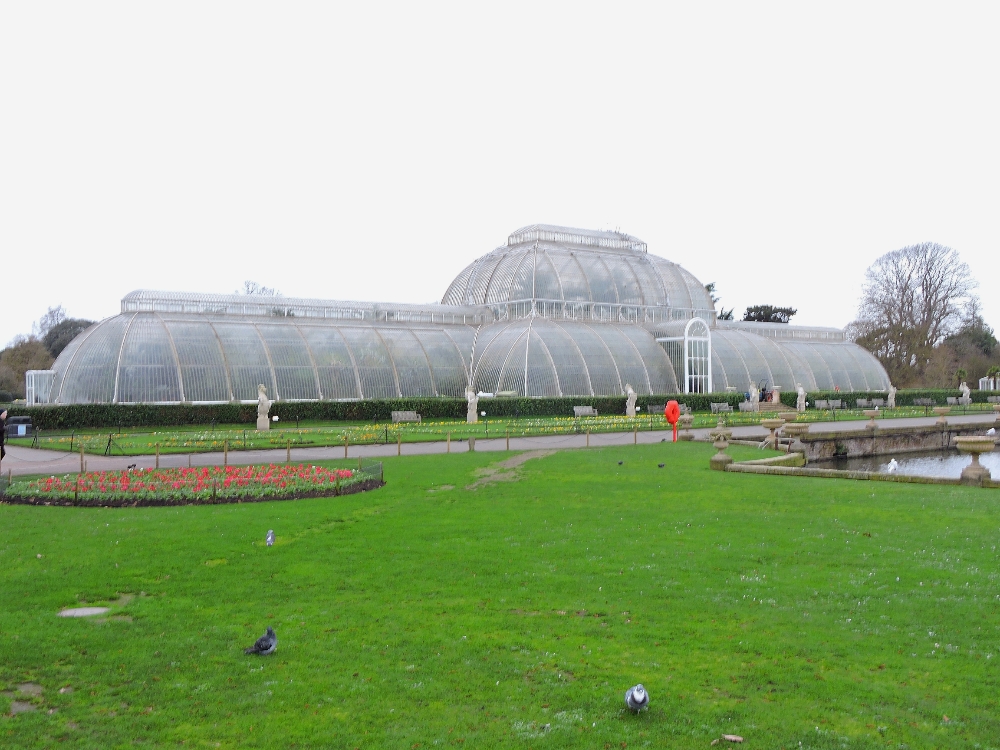
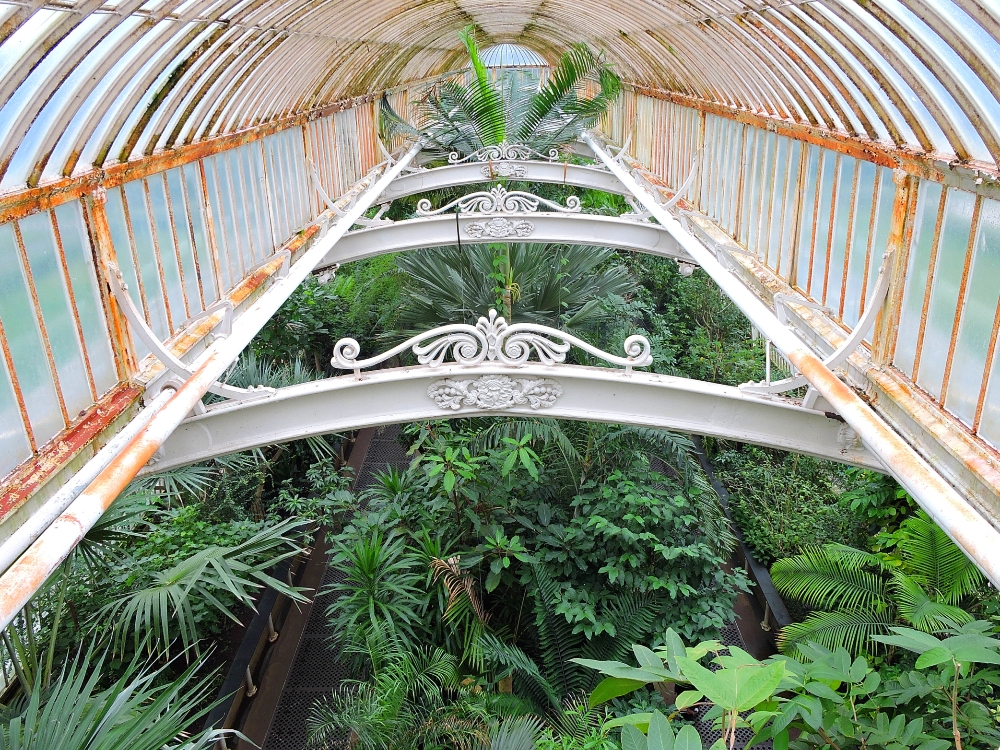
However, the big highlight of the day was to be found in the Princess of Wales Conservatory, precisely because the annual Orchid Festival was to begin there in three day’s time. In addition to the normal plants contained there, six thousand blooming orchids were being installed for the event. The work was still in progress when I arrived, though nearly complete, but, much to the credit of the management, visitors were still allowed full access to the building before everything was ready. It was certainly one of the most incredible botanical displays I have yet seen, and the photographs below only scratch the surface of the experience.
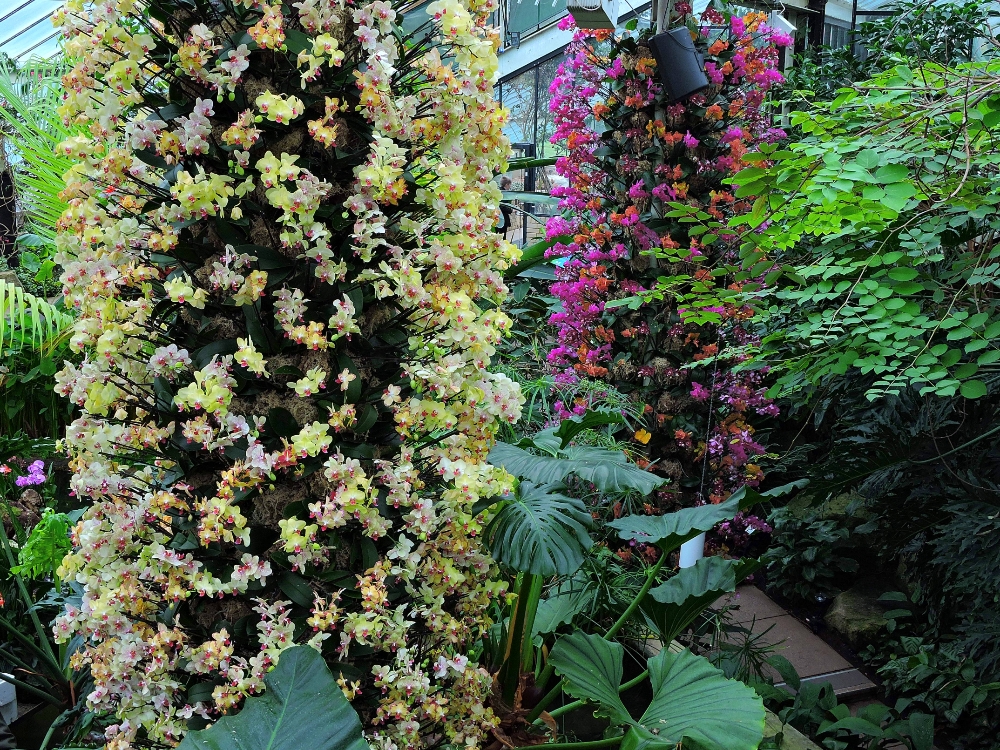
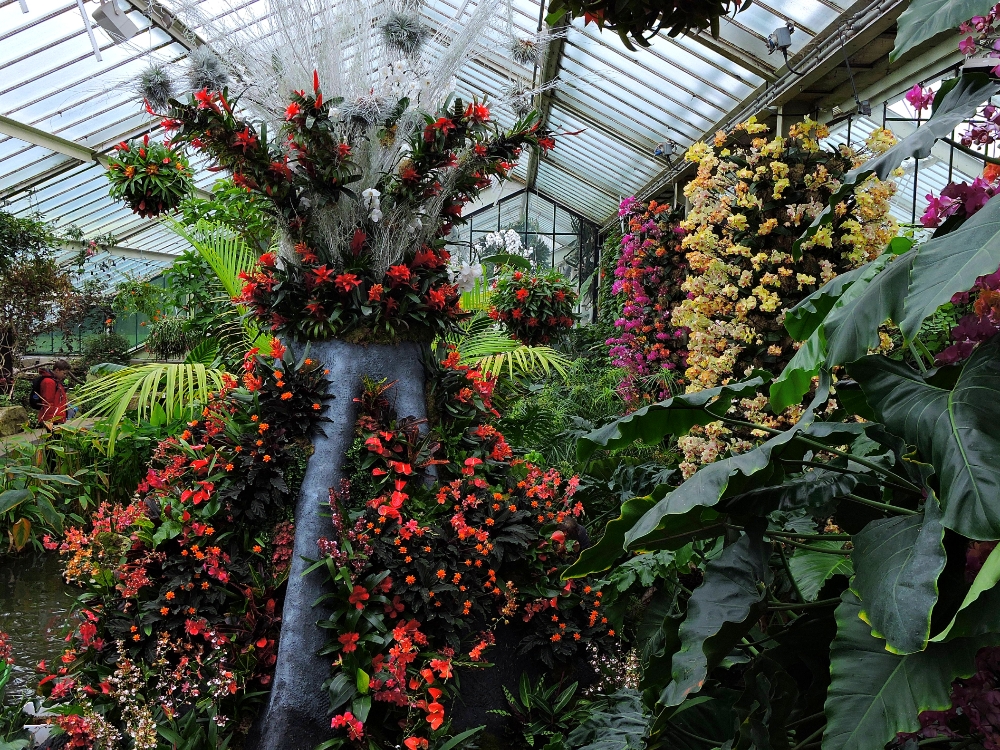
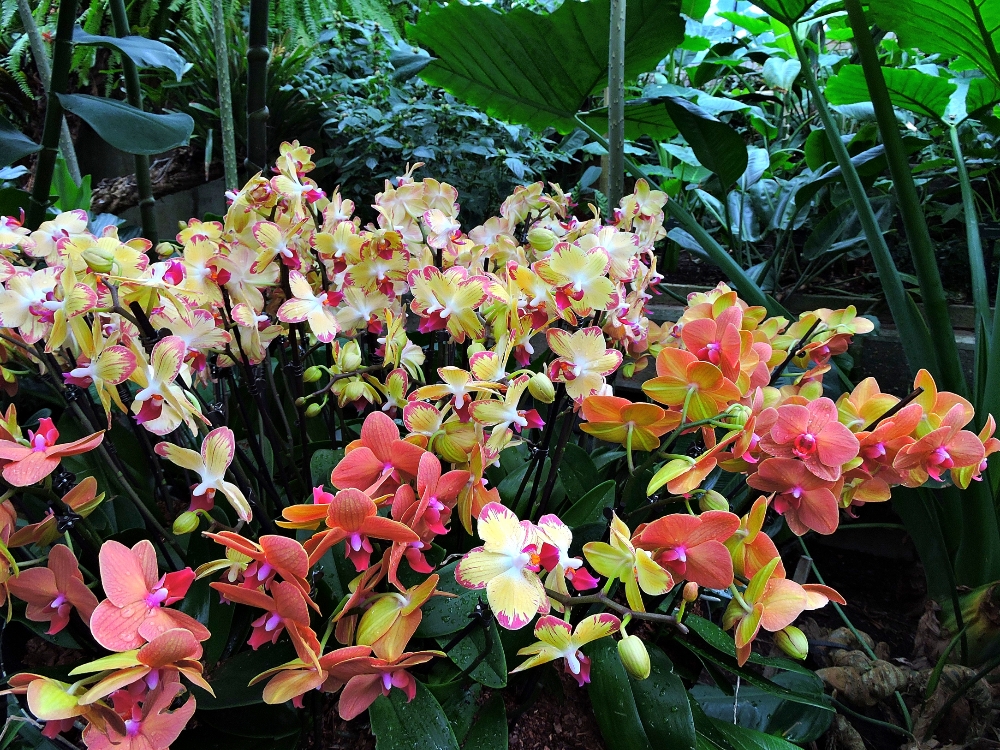
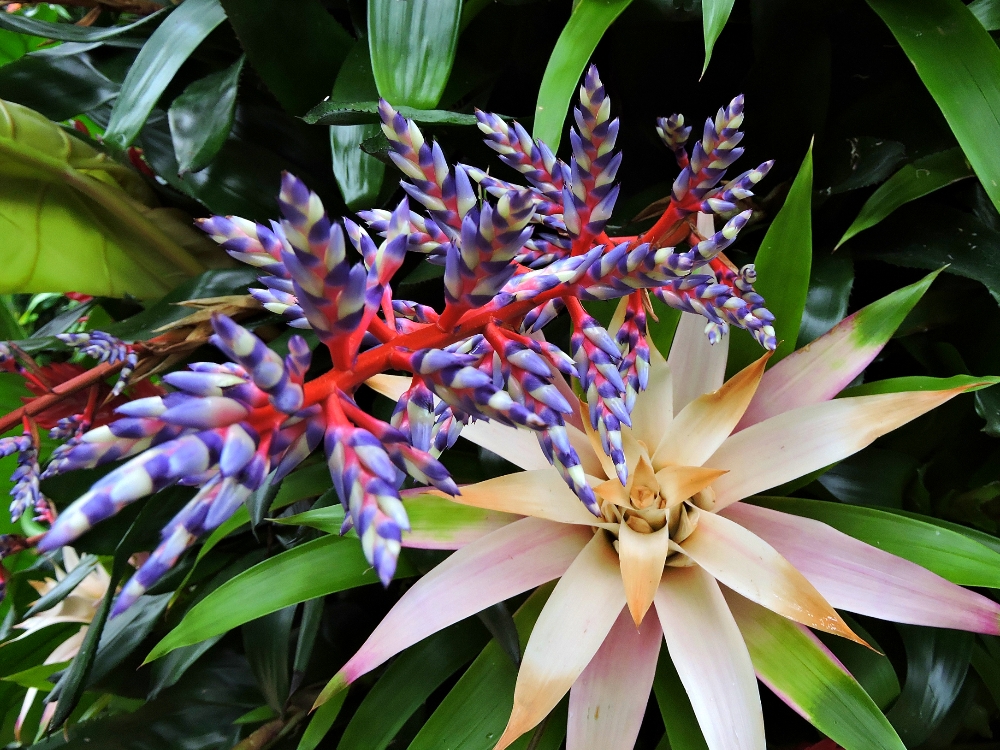
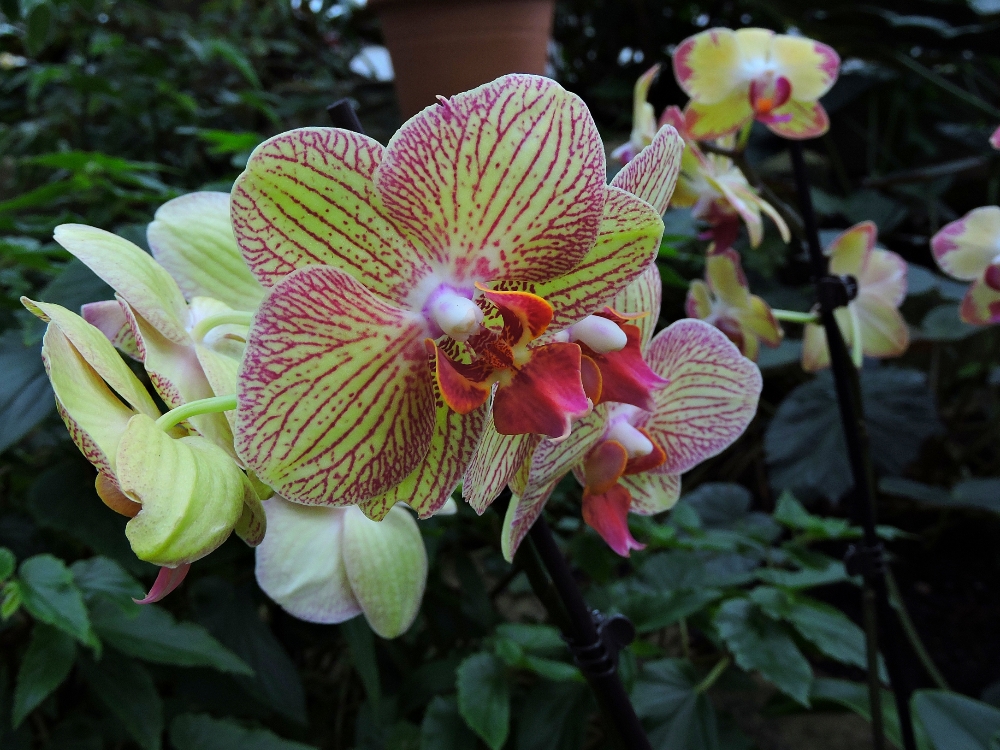
These four Sites were a noticeable level up, in terms of general importance and presentation, relative to some of my other recent visits, and that was a pleasant change. The only drawback was that their combined entrance fees were significantly costly. On the other hand, a big advantage of visiting these Sites in February was that I never had to stand in line for more than a few seconds. Moving forward, another three Sites would be on route during the forthcoming week, making for another busy time, but that’s certainly nothing to complain about.